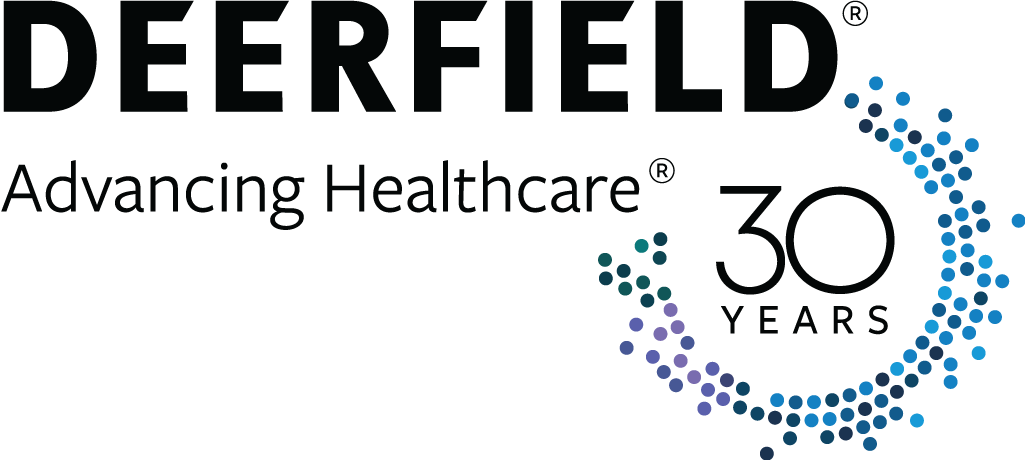Introduction
Cardiovascular disease (CVD) is the leading cause of death in the United States. Aspirin therapy has been shown to be an effective prevention measure to reduce the risk of new (primary) or recurring (secondary) cardiovascular events.
Objective
The aim of this study was to provide an epidemiological analysis of the use of low-dose aspirin for primary and secondary CVD prevention from 2012–2014.
Materials and Methods
The data source was the National Health Interview Survey (NHIS), a multipurpose survey conducted by the Centers for Disease Control and Prevention (CDC). It is the principal source of information on the health of the civilian, oninstitutionalized population of the United States. Estimates of self-reported low-dose aspirin use for primary and secondary CVD prevention among adults ≥40 years of age were obtained from the NHIS for the years 2012–2014. Demographics and health characteristics data were used to analyze intergroup differences for the combined time period, as well as intragroup differences from year to year. Categorical variables were analyzed using the chi-squared test, while continuous variables were analyzed using a oneway analysis of variance (ANOVA) or independent samples t-test.
Results
Among adults ≥40 years of age during 2012-2014, 18.7% selfreported as taking aspirin for primary CVD prevention and 8.9% self-reported as taking aspirin for secondary CVD prevention. During the full time period of 2012-2014, females represented 55.1% of patients taking aspirin for primary CVD prevention, but 45.3% of patients taking aspirin for secondary CVD prevention (p<0.0001). Adults taking aspirin for secondary CVD prevention were significantly older on average than those taking aspirin for primary CVD prevention (68.5 ± 11.1 vs. 65.8 ± 11.2 years; p<0.0001). The proportion of adults taking aspirin for primary CVD prevention significantly increased from 18.3% in 2012 to 19.4% in 2014 (p=0.003), while there was no statistically significant change in the proportion taking aspirin for secondary CVD prevention. Compared with adults taking aspirin for primary CVD prevention, those taking aspirin for secondary CVD prevention had a significantly higher prevalence of comorbidities such as cancer (22.0% vs. 17.4%; p<0.0001), diabetes (43.5% vs. 33.2%; p<0.0001), hypertension (67.1% vs. 52.9%; p<0.0001), and high cholesterol (56.2% vs. 44.2%; p<0.0001). Conclusions This study shows that over 25% of the population over 40 years of age in the United States self-reports as taking lowdose aspirin for primary or secondary CVD prevention, with primary CVD prevention patients outnumbering secondary CVD prevention patients at a ratio of more than 2:1. Aspirin use for primary CVD prevention increased throughout the study period. While there was no statistically significant change in aspirin use for secondary CVD prevention, the trend appeared to be decreasing during the study period.










